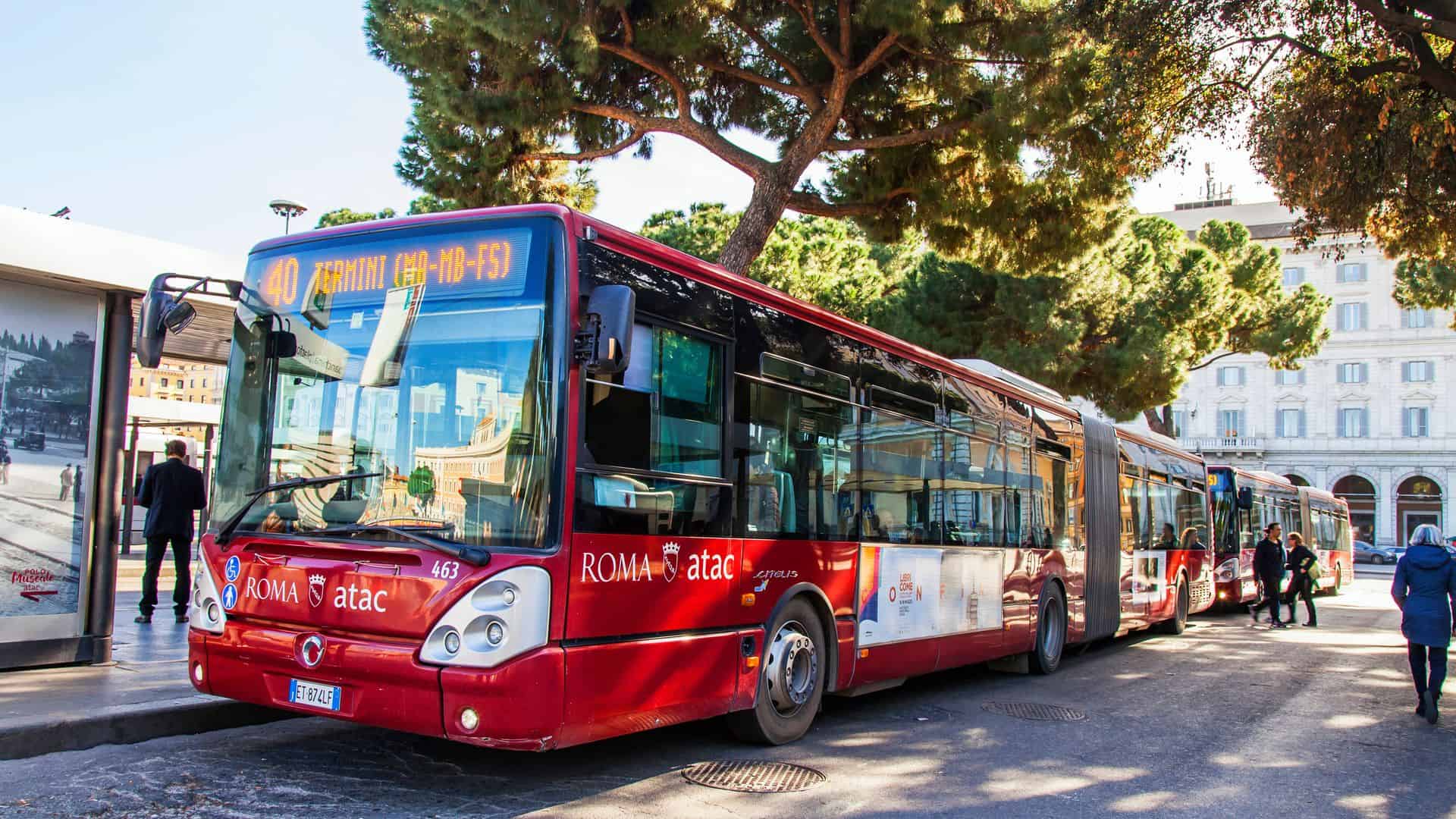Rome, the capital of Italy, is a city rich in history, culture, and vibrant life. When visiting the Eternal City, one of the most convenient and affordable ways to get around is by bus. With an extensive public transportation network, the buses in Rome provide easy access to many of the city's iconic landmarks, neighborhoods, and hidden gems. This guide will walk you through everything you need to know about taking the bus in Rome.
The Rome Bus System: An Overview
The public transportation system in Rome is managed by ATAC, the main company responsible for buses, trams, metro lines, and some suburban rail services. The bus network in Rome is extensive, with over 350 routes that cover the city and its outskirts. The buses are an excellent option for tourists who want to explore the city beyond the metro lines.
How to Buy Bus Tickets
Before you hop on a bus in Rome, you’ll need to buy a ticket. Rome uses a "pay before boarding" system, so tickets must be purchased before you board the bus. Tickets can be bought at ticket machines, tabaccherie (tobacco shops), or newsstands. Single tickets cost around €1.50 and are valid for 100 minutes, allowing you to change buses or trams during that period. If you plan to use public transport extensively, consider buying a Roma Pass or a daily travel card, which offers unlimited travel for a set period.
Understanding Rome’s Bus Stops and Routes
Rome’s bus stops are marked with blue signs that indicate the bus lines that stop there. Each bus stop has a timetable showing the schedule and the frequency of buses. It’s important to check the route of the bus before boarding, as some lines may have multiple stops or go through neighborhoods that might not be of interest to tourists.
Popular Bus Routes for Tourists
There are several bus routes in Rome that are particularly useful for tourists, allowing easy access to major attractions:
-
Route 40: This bus is one of the most important for tourists, as it connects Termini Station (Rome’s main transport hub) with major landmarks like the Colosseum, Roman Forum, and Piazza Venezia.
-
Route 64: Another popular line for visitors, it connects Vatican City with Termini Station and passes by major attractions such as Piazza del Popolo and Piazza Venezia.
-
Route 62: Ideal for getting to the Vatican Museums, St. Peter's Basilica, and the Castel Sant’Angelo.
Bus Etiquette in Rome
While buses in Rome are generally efficient, it’s important to remember a few rules of etiquette:
-
Validate your ticket: Always validate your ticket by stamping it in one of the validation machines located at the entrance of the bus.
-
Be mindful of others: Rome’s buses can get crowded, especially during rush hours. Be prepared for standing and offer your seat to elderly passengers, pregnant women, or those with disabilities.
-
Stay aware of pickpockets: As with any major city, it’s wise to keep your belongings secure when traveling on buses in Rome. Pickpockets can be active in crowded areas.
Rome’s Bus Schedules and Timetables
The buses in Rome generally run from around 5:30 AM to midnight. However, there are night buses (called “notturni”), which run from midnight until around 5:30 AM, serving key routes to and from the city center. These night buses can be very helpful for those who want to explore Rome after dark or have late-night flights.
Accessibility of Rome’s Buses
Many of Rome’s buses are equipped with low floors for easier access, making the system more accessible for people with mobility challenges. However, it’s worth noting that some older buses may not have this feature. The metro system in Rome is more accessible in terms of elevators and ramps, but the bus system is still an important transport option for many.
Tips for Using the Bus in Rome
-
Plan ahead: Rome’s traffic can be heavy, so it’s a good idea to plan your route in advance. You can use apps like Google Maps or the official ATAC app to get real-time information about bus schedules and routes.
-
Avoid rush hours: If possible, try to avoid traveling during rush hours (8:00 AM - 9:30 AM and 5:00 PM - 7:00 PM). Buses can get very crowded during these times.
-
Use a Roma Pass for convenience: If you plan on using public transport often, consider purchasing a Roma Pass, which offers unlimited travel on buses, trams, and the metro, along with discounted entry to many museums and attractions.
Conclusion
bus rome is a convenient, affordable, and often scenic way to explore this historic city. Whether you're visiting iconic landmarks like the Colosseum, Vatican City, or simply soaking in the vibrant neighborhoods, the bus system provides easy access to all that Rome has to offer. By understanding the routes, purchasing the right ticket, and being mindful of local customs, you'll be able to navigate the city like a local and make the most of your time in the Eternal City.

